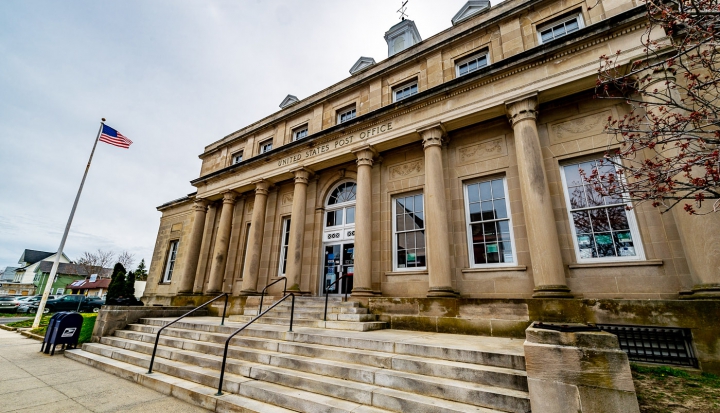Ask just about any anti-poverty advocate about the worst scourges on the nation’s poor, and without fail you will hear about the $7.4 billion payday loan industry. Defended by insiders as a legitimate free-market response to real-world cash flow problems, payday lenders have a noxious ability to persuade loan recipients into agreements that can turn a short-term cash flow problem into a long-term poverty trap. The industry’s usurious rates and complicated repayment schemes represent little more than scam finance.
According to the Pew Charitable Trusts, about 12 million adults in the United States use payday loans each year that are designed to be unpayable over the short term in order to turn a profit for the lender. In condemning payday lending, a study from the U.S. Conference of Catholic Bishops reports that many borrowers end up paying far more in fees than the cost of the original loan. In fact, a typical two-week payday loan can carry an interest rate of 400 to 500 percent.
So why do low-income folks turn to such loans? Many have no choice. A 2016 survey found that 69 percent of Americans had less than $1,000 in total savings and 34 percent had no savings at all. An unexpectedly high heating bill, Christmas shopping, or the need for a car repair force many households to seek out quick short-term loans.
And studies report that the nation’s un- or underbanked may number as high as 26.9 percent of the U.S. population, with specific pockets of more financially isolated communities where the underbanked reach as high as 40 percent. With little to no access to traditional banking services, these folks are forced to use gougers for financial services like cashing checks, wiring money, or originating small loans.
Past efforts to rein in payday lenders have focused on state or federal regulation of the industry, but there is little chance of new restrictions emerging from the federal Consumer Protection Agency.
In many European nations small savers and borrowers have long had access to a finance system that is as close and convenient as their nearest post office. In April New York Senator Kirsten Gillibrand introduced legislation that would require every U.S. post office to replicate that service in the United States. The U.S. postal system’s 30,000 locations reach just about every U.S. community. Many can be found in so-called banking deserts—zip codes that have either no bank branches or just one.
According to a 2014 white paper authored by the U.S. Postal Service’s Inspector General’s office, the average underbanked household spends $2,412 each year just on interest and fees for “alternative financial services,” a total of $89 billion in 2012.
“This is a solution to take on payday lenders, to take on the problems that the unbanked have all across the country,” Gillibrand said in an interview with the Huffington Post. Americans could cash paychecks and deposit money free of charge at post office locations and take out small loans at rational rates with easy-to-understand terms.
And the $9 billion or so in new revenue the U.S.P.S. expects to earn by reviving this role should have an additional benefit of keeping the U.S.P.S. itself economically viable in the future.
Considering its benefits, postal banking seems like a no-brainer. But the payday loan industry and mainstream banks now hungry to join in the profit-gouging of the poor have legions of lobbyists in Washington ready to turn back this effort.
But Gillibrand assures, “It’s a solution whose time has come.”
This article also appears in the July 2018 issue of U.S. Catholic (Vol. 83, No. 7, page 42).
Image: Flickr cc via Jazz Guy















Add comment